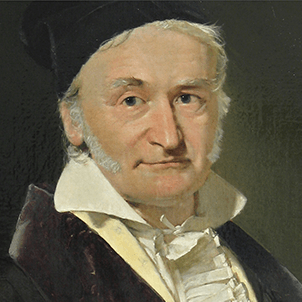Chapter One: An Acoustics Primer

4. What are the characteristics of sound waves? | Page 3
Noise is characterized as being an aperiodic or non-cyclic signal. A noise waveform, pictured below, demonstrates a non-repetitive or seemingly random pattern, though as shown below, these patterns may have statistical weightings that affect the overall frequency balance. If you created a string of digital audio samples from a random number generator (or the daily Dow Jones closing average) and played them at audio rate, you would most likely hear noise.*

There are many different types of noise, distinguished primarily by the strength characteristics of their frequency distributions. For example, some types of noise may sound brighter than others because they statistically exhibit more energy at higher frequencies than other forms. Some forms may be precisely described mathematically, such as Brownian noise (based on Brownian motion) whose spectral strength decreases exponentially with frequency (or 1/frequency2), what we will later call a very steep rolloff. Some noise types, such as blue and violet, actually increase in strength with frequency (f and f 2 respectively). In general, noise types were named after analogous spectra of light (creating some inaccurate comparisons). Below are audiovisual examples of several common noise distributions for comparison (conservative speaker/headphone volume levels advised):
WHITE NOISE
White noise is characterized as having statistically equal energy across all frequencies. Because we generally hear higher frequencies more acutely, it sounds more weighted to the higher frequencies and as such, can be anecdotally described as a hissing sound. It is extremely useful for subtractive synthesis and audio equalization purposes.
PINK NOISE
Pink noise is characterized by a spectrum that rolls off inversely by frequency, or 1/frequency in strength. The greater the frequency, the less energy is present, such that each octave higher represents a halving of acoustic energy. Pink noise sounds more balanced to us because of the way we weight frequency content and sounds less loud than white noise.
GAUSSIAN NOISE
Gaussian noise has the energy distribution of a Gaussian (or equal distribution) curve, which is one form of bell-shaped curve. Named after mathematician/physicist Carl Friedrich Gauss, it is characterized as having the greatest energy in the middle of the frequency spectrum and rolling off to either side. As such, it sounds to us as lacking in bass frequencies.
Some periodic waveforms may be complex enough to be perceived as noise if our ears cannot detect perceptible pitches. Many real-world sounds, such as the "chiffy" attack of a flute note contain some combination of periodic and aperiodic components. Noise generators are a very important component of analog and digital synthesis, providing rich signals for filtering, for aperiodic modulation, and for sample and hold circuits that typically output a string of random pitches obtained by sampling the noise signal. Paradoxically, noise is also injected into digital audio and image systems designed to reduce noise, in processes such as dither.

Carl Friedrich Gauss
Carl Friedrich Gauss was an 18th Century mathematician and physicist noted for his work on magnetism, statistics, astronomy and much more. The symbol for magnetic flux, gauss (G) is named in his honor. If you owned a CRT computer monitor in the previous century, you might be familiar with degaussing, a process for removing burned-in magnetic remnants that caused ghost images on the screen. Degaussing was also used to erase audio tapes and demagnetize tape recorder heads.